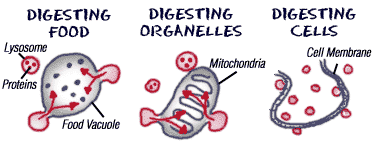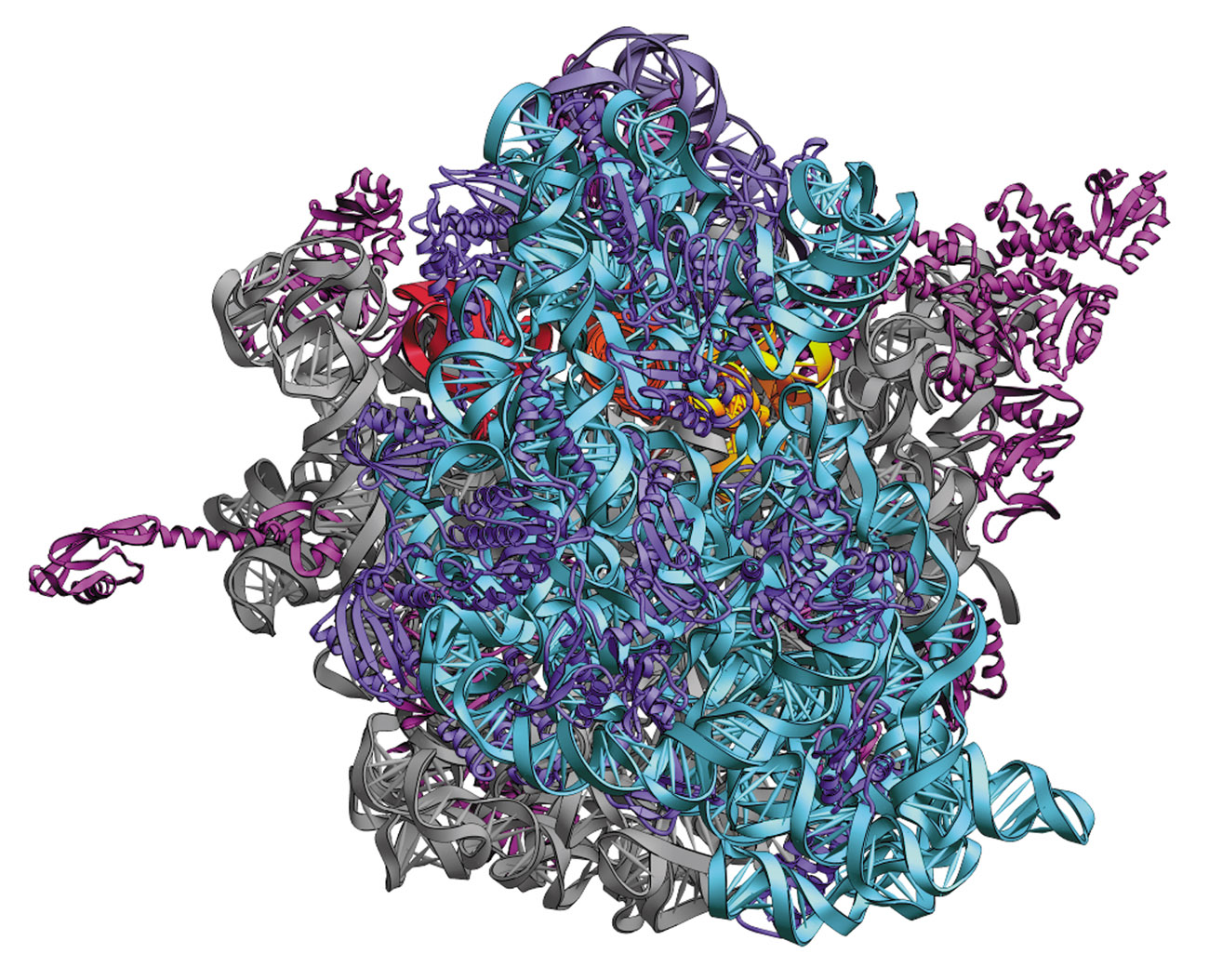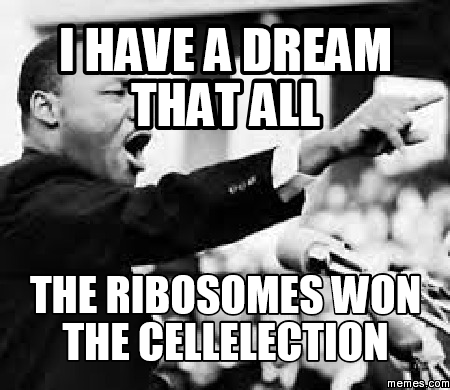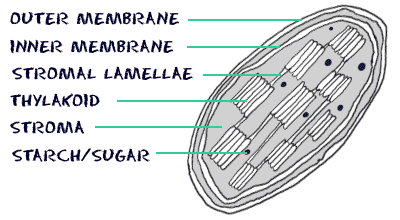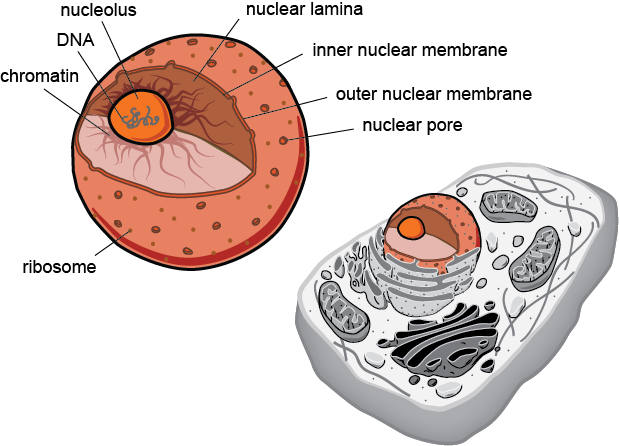GOLGI APPARATUS
GO 4 THE GOLD! VOTE GOLGI!!
What do I look like & what do I do
The Golgi Apparatus is a major part of the cell and belongs to all plant and animal cells. The Golgi apparatus takes proteins and lipids(fats) from the RER and puts these contents into a useable form for the cell. It looks like flattened stack of tubes and it makes and secretes mucus. The Golgi apparatus collects simple molecules to create more complex molecules. These complex molecules are then packed in the vesicles of the cell. From there, the contents can either move within the cell to the lysosomes, the cell membrane or the molecules can stored for later use or sent outside the cell. On the whole, the Golgi collects and processes the materials needed to be removed from the cell.
Without me...
Without the Golgi Apparatus the cell would not be able to process and package the materials, meaning the cell will not grow. Also, the cell would not be able to complete certain cell activities. The cell could not function as the materials are not processed into a useable form.
Why I'm important
The Golgi Apparatus is important to the cell because it takes the protein that the ribosomes make and are traveled through the endoplasmic reticulum to the Golgi. From there, the Golgi apparatus puts the protein into a useable form for the rest of the cells organelles to use.
Video
NOW YOU'RE SOLD, GO FOR THE GOL-D-GI!
VOTE: #GO4THEGOLDGI
Work Cited
"Golgi Apparatus." British Society for Cell Biology. N.p., n.d. Web. 14 Nov. 2015.
"Golgi Apparatus_5th." Cellstructure /. N.p., n.d. Web. 14 Nov. 2015.

